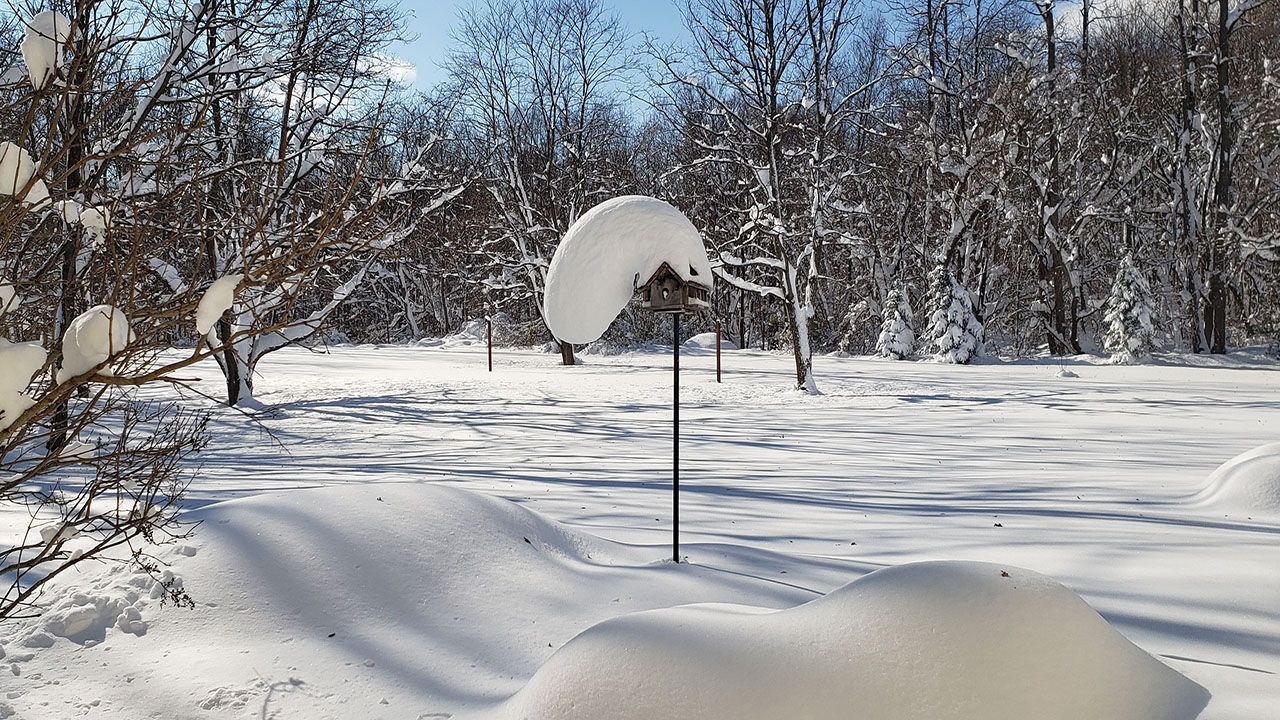One of many factors that go into forecasting a winter storm is something we call the “snow ratio.”
A snow-liquid ratio (or snow ratio) is a measurement of how many inches of snow equals one inch of rainfall. This means that if you had 10 inches of snow on the ground, it would equal one inch of rainfall when melted down. While this is considered the “rule of thumb” for snow-liquid ratios, it is not always accurate.
With temperatures near or just above freezing, you will likely see a heavy wet snow. In this instance, a ratio of 8:1, 7:1, or even as low as 5:1, would be common. You would need a lot of precipitation for the snow to pile up.
When temperatures drop into the single digits and teens, snow ratios can get as high as 15:1, 20:1, or even 30:1. When it's that cold, the water content in the snowflakes is low, so it doesn’t compact as easily.
A good example of a really high snow ratio is the crippling lake-effect snow event in Buffalo back in December 2022. Temperatures were in the single digits, so snow piled up in a hurry.
While surface temperatures play a big role in snow-liquid ratios, they are not the only factor you need to consider. Some examples include:
- The depth of a relatively warm layer of air from the surface into the snow-producing part of the cloud. The closer to freezing, the lower the snow ratio will be.
- The amount of ice in the snow-producing part of the cloud. It is possible to have liquid water with a temperature below 32 degrees Fahrenheit (known as “supercooled” water). The more supercooled water you have in the cloud, the lower the ratio. However, if you have a higher amount of ice crystals, your snow ratios will also be higher.
- If it’s really windy, snowflakes can fracture and lead to lower snow ratios.
Therefore, the next time the meteorologist says snow is coming, pay attention to the temperatures. They will give a lot of insight regarding how quickly the snow will pile up!
Our team of meteorologists dives deep into the science of weather and breaks down timely weather data and information. To view more weather and climate stories, check out our weather blogs section.





